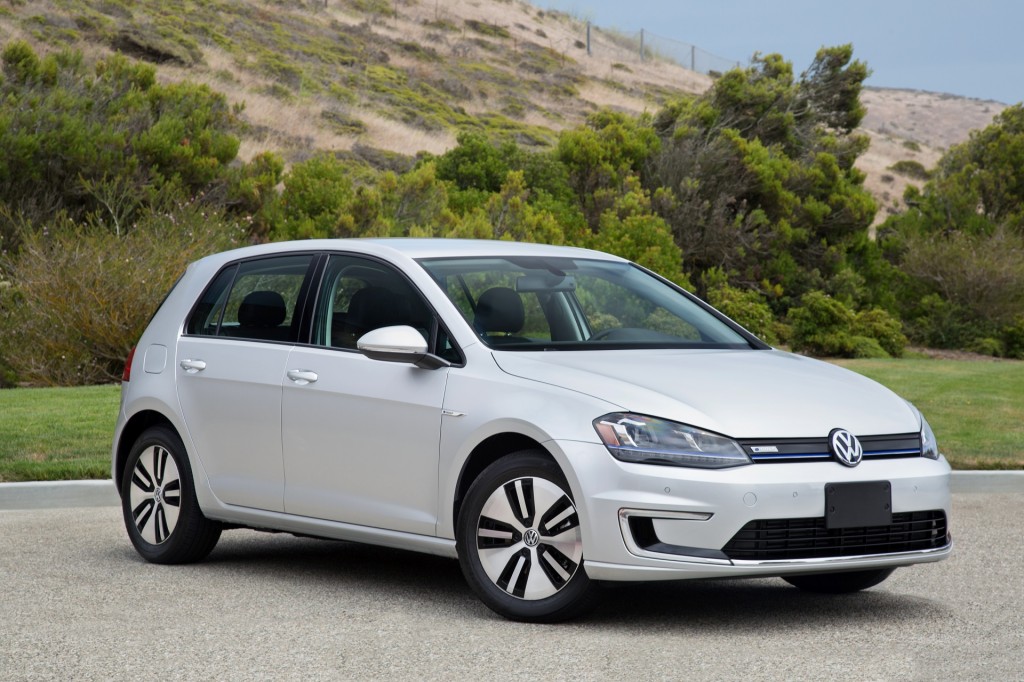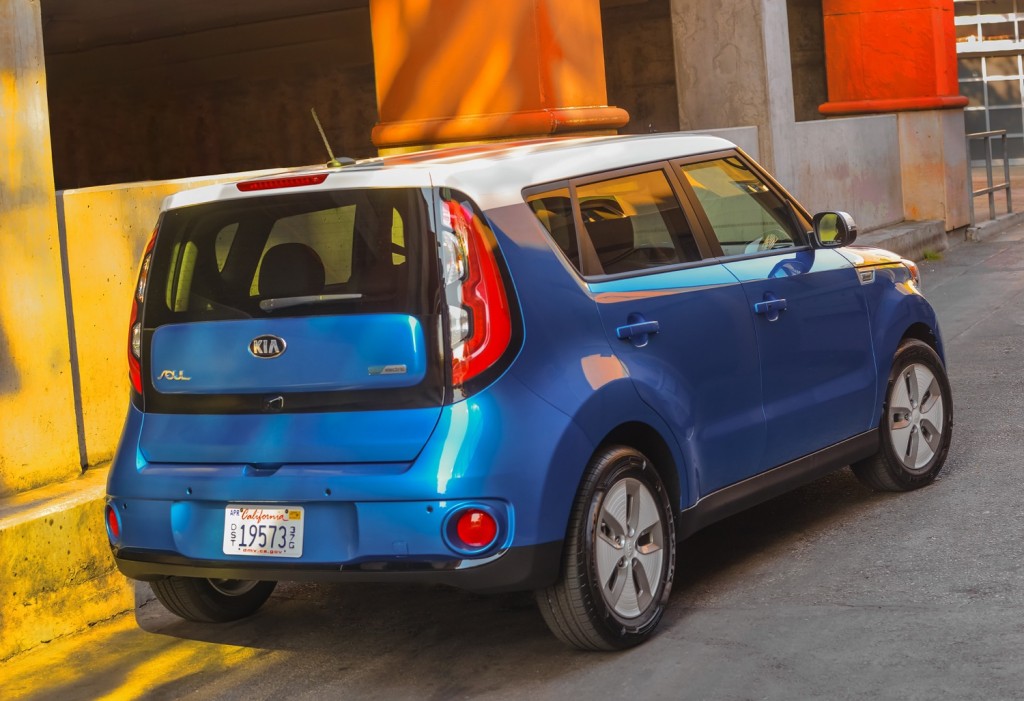One of the challenges of making and selling electric cars is that their batteries are still expensive.
And despite some makers' absorbing losses on the earliest cars, that means they sell for prices higher than those of similarly sized vehicles with combustion engines.
Sure, owners will save money on running costs—but most shoppers will never get that far.
DON'T MISS: What's the minimum electric-car range for mass acceptance? Poll results
When the first 2011 Nissan Leaf was launched, it was roughly twice the price of the Nissan Sentra compact sedan that sat next to it on the showroom floor.
Many shoppers, seeing that, mentally crossed it off their lists. Never mind its rated range of 74 miles.
Now we have 200-mile electric cars about to arrive. But how low do their prices have to be to get mass-market shoppers to pay attention?
How low do prices for 200-mile electric cars have to go for success?
— Green Car Reports (@GreenCarReports) September 6, 2016
We asked our Twitter followers that question, and the answers are shown above in the poll results.
Almost half the respondents (49 percent) said $25,000 was the level at which shoppers will pay attention to a 200-mile electric car.
DO YOU AGREE? When will electric-car DC fast-charging be everywhere in the U.S.? Poll results
Twitter limits the space for questions and answers, so we couldn't get into the complexities of sticker price versus "effective" price after the Federal income-tax credit and any state incentives.
Another 24 percent said that $30,000 was low enough for success—which should be a comfort to GM, whose 2017 Chevrolet Bolt EV will carry a $37,500 base price and qualifies for a $7,500 Federal income-tax credit.

2017 Volkswagen e-Golf
After that, 16 percent of respondents said prices would have to go all the way down to $20,000 for success.
And just 11 percent felt that $35,000 was the right number.
CHECK OUT: In 2025, what percent of new cars in the U.S. will have plugs? Our poll results
The "net pricing' versus window sticker amount is a tough call for automakers.
On the one hand, they want to help customers understand that Federal incentives substantially cut the price.

2016 Kia Soul EV
There are qualifiers: a taxpayer may not realize that reduction for up to 16 months, depending on the dates when the car is bought and that year's taxes are filed.
And not every buyer can take advantage of the credit in the first place. (Leasing the car lets the leaseholder recognize the credit, and cuts payments noticeably.)
FOR MUCH MORE: All our poll resutls on Green Car Reports
On the other hand, if consumers see a price like $30,000 (the one GM touted for the Bolt EV)—but then find out they must finance the full price and sort out the tax credit later—they may see such a price as deceptive marketing.
Luckily, more than two decades of experience with consumer lithium-ion cells indicates that cost-performance improves about 7 percent a year.
So within 10 years or so (perhaps sooner), battery prices should have fallen enough that pricing is no longer such a barrier for shoppers in considering an electric car.
_______________________________________













